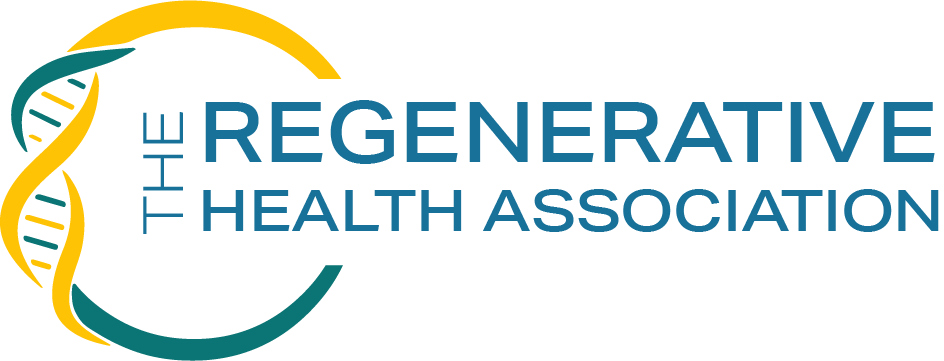Human trials exploring anti-aging medicines have made significant surges in understanding how we might slow or even reverse the aging process. These studies focus on the biological mechanisms driving aging, revealing the potential of several therapeutic approaches to extend both lifespan and Cell Metabolism.
One of the most promising directions in anti-aging research is the use of NAD+ precursors, which aim to rejuvenate aging cells by improving mitochondrial function. By boosting NAD+ levels, researchers are targeting the root causes of cellular aging, offering a potential strategy to delay or prevent the onset of age-related diseases.
Another exciting avenue is the development of senolytic drugs, designed to clear out senescent cells—cells that no longer divide and accumulate as we age. These senescent cells are linked to inflammation and the decline of various tissues and organs. Removing them may improve overall health by reducing inflammation and supporting tissue regeneration. Early studies have shown that targeting these cells could help mitigate the effects of conditions like osteoarthritis, cardiovascular disease, and neurodegenerative disorders.
In addition to these treatments, the trials also focus on compounds that influence cellular stress responses, helping cells to maintain their function despite the damage caused by aging. These therapies seek to strengthen the body’s natural defense mechanisms, potentially delaying the biological processes that lead to aging and disease.
While the results of these human trials are still in the early stages, they provide hope that we are on the verge of a revolution in anti-aging medicine. These therapies not only hold promise for increasing longevity but also for improving the quality of life in later years. As researchers continue to explore the complex biology of aging, the possibility of effective anti-aging treatments becoming available in the near future seems increasingly likely.


